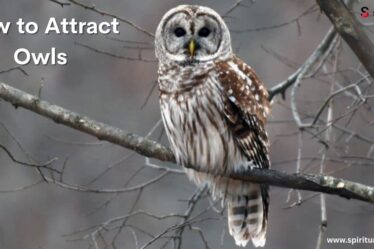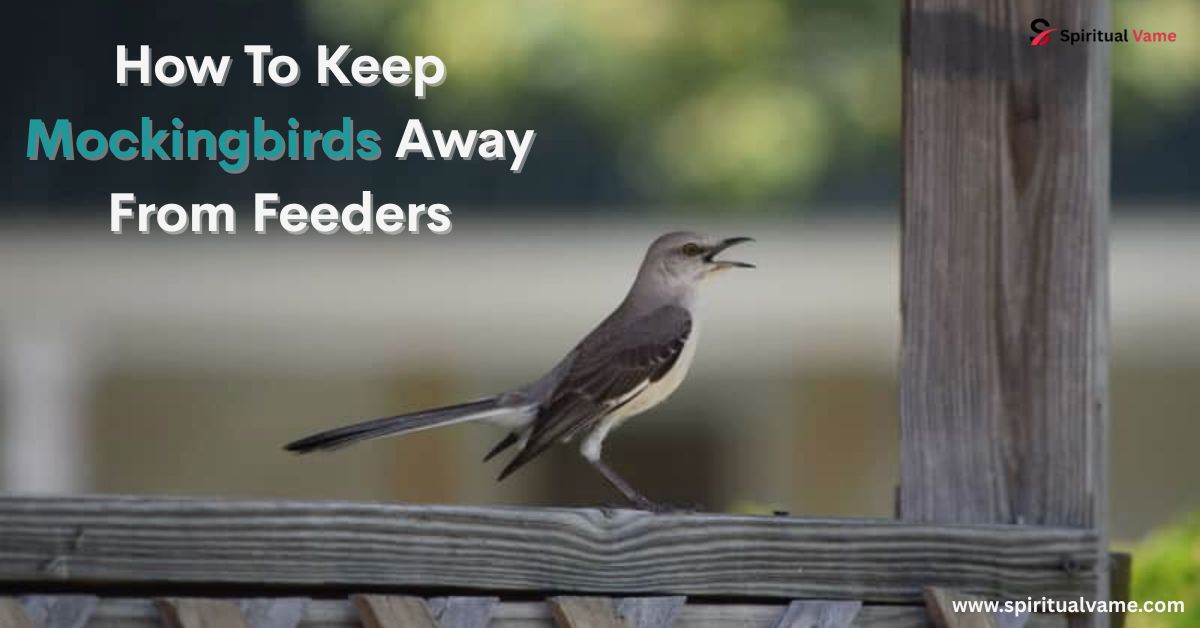
If you’re trying to enjoy a peaceful backyard full of colorful songbirds but mockingbirds keep chasing everyone away, you’re not alone. Many people across the USA face this problem. Mockingbirds are beautiful, no doubt, but they can be very territorial and aggressive at bird feeders. Luckily, you can learn how to keep mockingbirds away from feeders using smart tricks without hurting them or other birds. This article will walk you through everything you need to know, from choosing the right feeders to setting up better feeding areas.
Why Mockingbirds Visit Bird Feeders
Mockingbirds visit bird feeders mostly because they are looking for food that’s easy to grab. They are smart birds and quickly learn where food is plentiful. In spring and summer, mockingbirds get even more aggressive because they are defending their nesting territory. They want to protect their young, so they chase away any bird that comes near. Their natural boldness makes them perfect survivors, but it creates problems for people trying to enjoy a variety of bird species at their feeders.
Besides food, mockingbirds are also attracted to the open spaces around most feeders. They love areas where they can watch over their surroundings easily. When a feeder sits out in the open, it almost invites mockingbirds to claim it. If you understand their behavior, it becomes much easier to plan ways to discourage them without doing harm.
What Attracts Them?
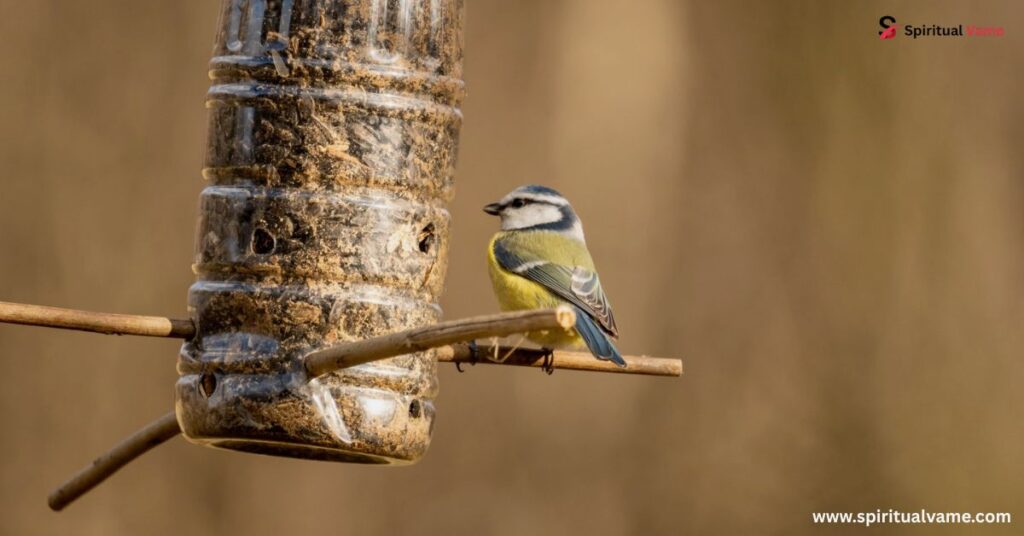
The main thing attracting mockingbirds is the type of food offered. They love fruits, mealworms, and suet, all rich in the calories they need. If you’re putting out these foods, you’re basically rolling out a red carpet for them. Their sharp eyes and memory help them remember places where these treats are easy to find.
Mockingbirds also feel more comfortable where they can perch safely and scan the area for threats. Wide-open spaces with easy access make feeders a prime target. Even if you don’t realize it, small things like where your feeder sits or what you put in it can make a huge difference in whether mockingbirds visit or not.
Choosing the Right Feeder Types
One of the smartest moves is to Choose Mockingbird-Resistant Feeders. Designs like Tube Feeders, Weight-Activated Feeders, Squirrel Buster, and Caged Feeders are excellent for keeping mockingbirds out. These feeders often have small perches that are too tiny for heavier birds to use. Others like the Squirrel Buster feeders work by shutting access when something heavy, like a mockingbird, lands on it.
Feeders surrounded by an enclosed cage offer another solid solution. Smaller species like finches and chickadees can slip inside easily, while mockingbirds get frustrated and fly away. Choosing feeders that block or discourage access is one of the easiest deterrents you can set up without much effort.
Offering Food Mockingbirds Don’t Prefer
Another great idea is to Offer Less Appealing Foods. Mockingbirds aren’t fans of seeds like Safflower Seeds and Nyjer Seeds. These seeds attract lovely songbirds and finches but are usually ignored by mockingbirds. Many backyard birding experts, including those at birdsdepot.com and backyardbirdingblog.com, recommend switching to these seeds if mockingbirds are a problem.
If you change your seed mix carefully, you’ll notice fewer mockingbirds and more colorful visitors coming to your yard. By adjusting your food choices, you make your feeders less attractive to mockingbirds while keeping your favorite smaller birds happy.
Strategic Feeder Placement
Where you put your feeder matters just as much as what you put in it. Adjust Feeder Placement by moving feeders closer to shrubs or dense vegetation. Placing feeders near dense cover helps smaller birds feel safer and makes it harder for mockingbirds to swoop in and dominate.
Mockingbirds prefer open spaces because they can patrol the area and see threats easily. So, hiding your feeder in a cozy spot surrounded by greenery messes up their plan. Sites like also stress the importance of smart feeder distribution and proximity to natural shelters to manage mockingbird territory better.
Installing Deterrents Around Feeders
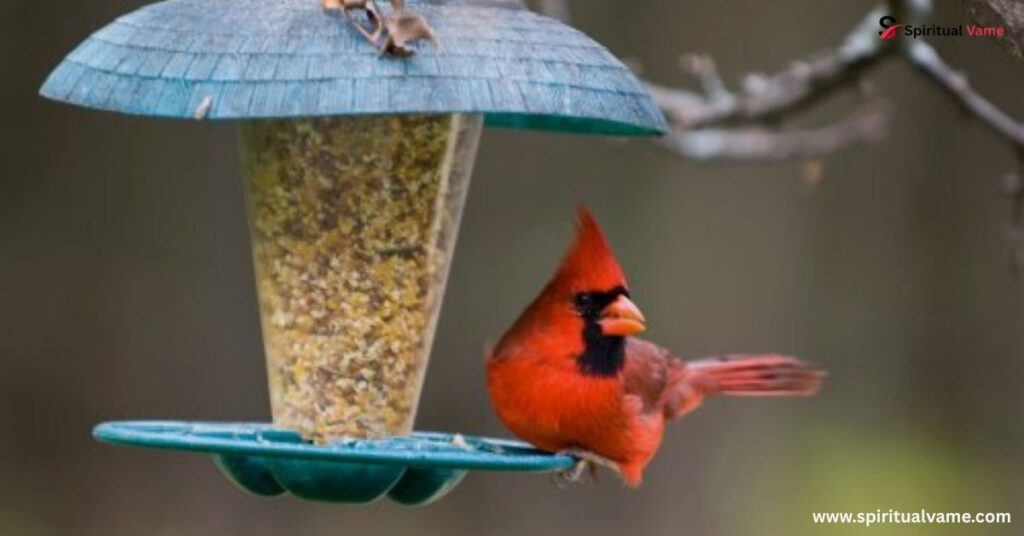
Sometimes, setting up Physical Deterrents makes all the difference. Things like Bird Spikes and Baffles are simple yet effective. Spikes placed on favorite perching spots stop mockingbirds from landing comfortably. Baffles installed above or below your feeder act like a shield, making it tricky for larger birds to reach the food.
Adding deterrents like these creates strong physical barriers that mockingbirds find annoying. Resources like The Bird Identifier and The Spruce recommend them highly for backyard bird control. Installation is usually quick, and once in place, they protect your feeders around the clock.
Using Mockingbird-Repellent Feeders
If you want a strong passive solution, you should invest in Mockingbird-Repellent Feeders. These are built specifically to keep heavier birds away while letting smaller ones feed without worry. Models like tube feeders with weighted perches or caged designs are great examples.
You can find excellent models reviewed at trusted sites like birdserenity.com. Choosing the right feeder reduces daily frustrations and keeps mockingbirds looking elsewhere for their next meal.
Setting Up a Separate Feeding Area for Mockingbirds
Sometimes, you can win by simply giving mockingbirds their own space. Setting Up a Separate Feeding Area for Mockingbirds lets you offer them what they want — fruits and mealworms — in a spot far from your main feeders. When mockingbirds get busy enjoying their personal buffet, they leave the smaller birds alone.
Place the alternative feeder far enough from your regular setup so the mockingbirds don’t feel the need to guard both. It’s a win-win: mockingbirds stay happy and occupied, and other birds can feed in peace.
Alternative Techniques for Keeping Mockingbirds Away
If traditional methods don’t work fast enough, you can try Alternative Techniques for Keeping Mockingbirds Away. Visual Deterrents like Predator Decoys, including Fake Owls and Hawks, can make mockingbirds nervous. Just make sure to move these decoys around every few days, so the birds don’t realize they’re fake.
You can also use motion-activated noise makers or gentle sprinklers. Auditory deterrents based on predator sounds work well when used smartly. Sources like backyardbirdingblog.com and The Bird Identifier suggest using multiple scare tactics at once for maximum effect.
Maintaining Your Bird Feeder Area
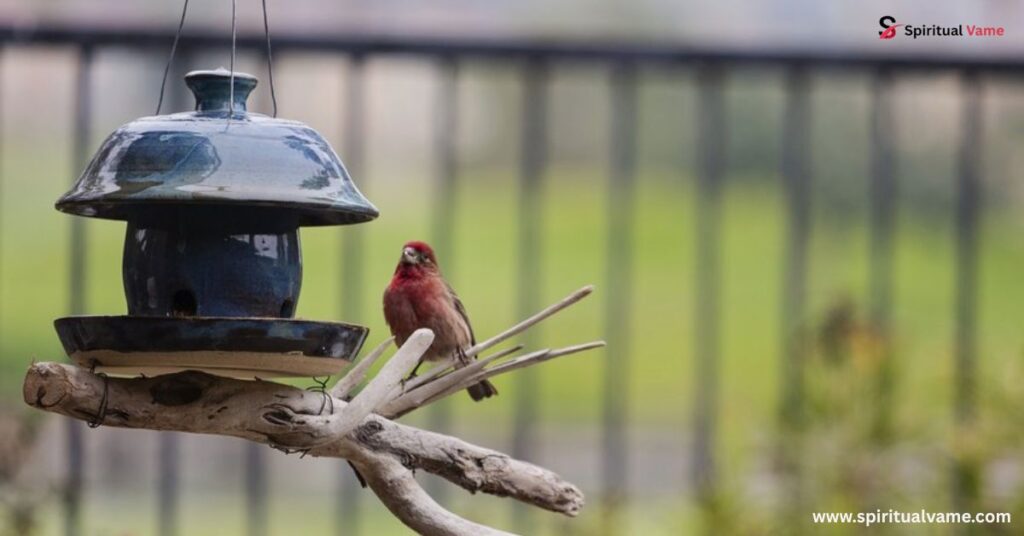
Keeping your bird feeding area clean plays a huge role too. Mockingbirds and other pests love messy places because they find hidden snacks there. Regular cleaning removes old food, waste, and mold, making your feeders less attractive to unwanted guests.
Cleaning feeders once a week with hot water and scrubbing tools helps a lot. Trimming the area, keeping ground debris low, and using tidy feeder setups discourage not only mockingbirds but also squirrels, raccoons, and even insects.
How to Keep Away Mockingbirds | Simple Tips You Can Try
Here are some quick tricks to try if you’re in a hurry. Use feeders designed for smaller birds with tight access points. Fill them with seeds mockingbirds hate. Hide the feeders in shrubs or tight garden spaces. Add water sprays or fake predators nearby. Set up a separate fruit feeder to distract mockingbirds. Always keep the feeding area neat and clean.
Following even a few of these steps can make a big difference almost overnight.
What to Know Before Trying To Get Rid of Mockingbirds
Before taking any action, remember that mockingbirds are protected under the Migratory Bird Treaty Act. That means you cannot hurt them, destroy their nests, or do anything lethal to them. Always choose non-lethal methods that simply encourage them to move along.
Using legal and ethical practices is not just the right thing to do; it keeps you out of legal trouble. Birds are vital to the environment, and our job is to create safe spaces, even if that means being a little creative.
How to Get Rid of Mockingbird at Feeder
If mockingbirds still won’t leave, go step-by-step. First, switch to feeders they can’t use. Change the seeds to something they dislike. Move the feeders into dense garden spots. Add spikes, baffles, and decoys. Set up a special feeder just for them far away from your main setup. Spray gently with water if they stay too long. Over time, they’ll realize your feeders aren’t worth the effort and move on naturally.
Consistency is the key. Stay patient, and you’ll win back your peaceful bird-watching experience.
Conclusion
Learning how to keep mockingbirds away from feeders is not only about protecting your smaller birds; it’s about maintaining a healthy, diverse backyard. By making smart feeder choices, changing food types, adjusting placement, and using safe deterrents, you can enjoy a colorful, lively bird-watching space without conflict. Remember, mockingbirds are part of nature’s beautiful balance too — with a little effort, you can find a way to share the outdoors in peace.



